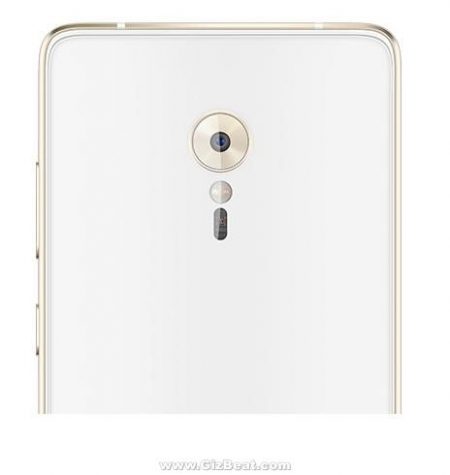Much news has been made about Lenovo Zuk Z2. Beyond the premium SoC, RAM, and ROM (see full specs of Zuk Z2), the Zuk Z2 also carries with it the Samsung 2M8 ISOCELL camera sensor.
Zuk Z2 camera
Samsung 2M8 megapixels pixel size sensor size
The camera on the Zuk Z2 uses the latest Samsung sensor– ISOCELL 2M8. The 2M8 is a 13MP sensor with a pixel size of 1.34 μm, which makes the sensor 1/2.6″ type.

1/2.6″ is a decent up from the typical 1/3.2″ in most mid-range mobiles, but not quite as big as we see in typical consumer standalone compact cameras and consumer ultra-zooms.
What’s the big deal about sensor size?
The bigger the sensor, the more light it can collect. More light in a given moment allows for more versatility.
Practically, a bigger sensor allows for you to shoot at lower ISO sensitivities, and/or allows for faster shutter speeds, both of which mean less noise and versatility with stopping motion.
The sensor-size of the ISOCELL Samsung 2M8 will make for slightly better low-light images, but will not produce miracle dSLR like low-light images.
Only 13MP?
The war wages on regarding more MP vs bigger pixels, but in this sensor, Samsung has invested in bigger pixels. Rather than squeezing a huge number of pixels onto a relatively small sensor, Samsung has scaled them back, giving us 1.34 μm sized pixels. This allows more light for each pixel, and in theory provides better lower-light images.

Optical image stabilization (OIS)
In addition to the nice sensor size, the camera will have OIS, which means that minute physical adjustments are made to the lens while taking a picture to compensate for handshake.
This does not help with subjects which are moving, but it can significantly help with movement of the camera while taking the picture; generally compensating for movement which might occur due to slight handshake.

In combination with bigger sensor versatility, OIS can be a big help in achieving cleaner, sharper images.
Zuk Z2 Hybrid phase detection auto-focus + contrast detection
The Zuk Z2 camera also includes a hybrid focus mode that combines PDAF and CDAF. This method of auto-focus is much faster, much more accurate, and allows for easier focusing in low light than the typical contrast detection in most mobiles.
How does phase PDAF differ from CDAF?
With PDAF, part of the light coming into the lens is split into two parts, and then directed onto a pair of sensors. The points where these two beams of light hit tell the camera whether the image is in focus, and if not, in which direction it’s out of focus and by how much it’s out of focus. This allows PDAF to figure focus in one reading. That makes it quicker, which is great for moving subjects, and better for low-light situations.

With CDAF, multiple readings are taken to figure focus. At each reading, contrast is calculated, then it will take another reading… Back and forth until the greatest contrast is determined. Generally speaking, the greater the contrast, the more in focus the image will be. CDAF can sometimes be more accurate than PDAF.
With the Lenovo Zuk Z2, both methods are employed (hybrid) to give the sharpest, most in-focus image in the shortest amount of time.

Leave a Reply